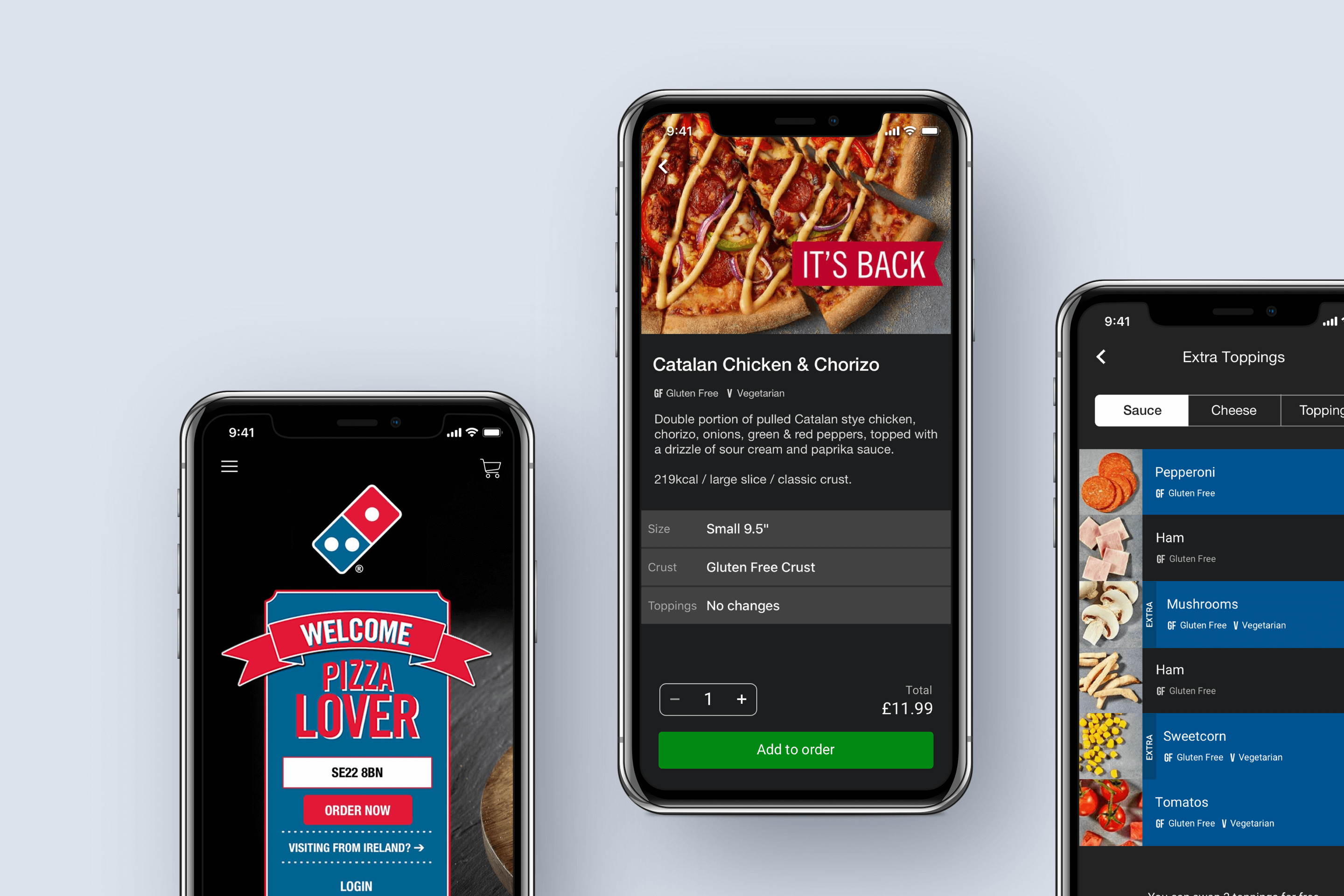Beyond ROI: Why ROX is the Missing Metric in AI Transformation

There's a disconnect between AI's promise and its performance. A recent MIT study revealed that AI deployments are achieving zero return for 95% of firms, forcing many to rehire staff or outsource functions they thought AI would handle.
Only 5% of integrated AI pilots extract millions in value, while the vast majority remain stuck with no measurable P&L impact. The divide, researchers found, isn't driven by model quality or regulation, rather determined by approach.
This isn't an isolated finding. McKinsey research shows that more than 80% of companies globally using AI saw "no significant bottom line impact". Meanwhile, Accenture reported that in China, despite state-mandated AI adoption, only 9% of companies experienced meaningful gains.
The Financial Times pinpointed the culprit: FOMO.
"When it comes to AI adoption, many companies aren't guided by strategy but by Fomo'" said Haritha Khandabattu, senior director analyst at Gartner. "For some leaders, the question isn't 'What problem am I solving?' but 'What if my competitor solves it first?'"
The real issue? We're measuring AI through the wrong lens.
Why Traditional ROI Falls Short
Return on Investment (ROI) has been the gold standard for measuring business success for decades. It's straightforward: compare costs against financial returns, usually in terms of efficiency gains and cost savings.
For AI implementations, this typically means tracking reduced labor hours, faster processing times, or lower operational expenses.
The main problem with ROI is that it looks backwards. It measures what we've saved, not what we've gained. It captures efficiencies but misses the transformational value that separates successful digital initiatives from failed experiments.
How to Measure Return on Investment (and Why It's Not Enough)
Traditional ROI measurement is straightforward: calculate your financial gain from an investment, subtract the cost, and divide by the cost. If you invest £100,000 in an AI project and generate £150,000 in returns, your ROI is 50%. For AI projects, this typically includes:
While these metrics matter, they tell an incomplete story. They don't capture customer loyalty, brand differentiation, employee engagement, or the compounding effects of superior experiences.
Most critically, they don't measure whether your AI investment is building long-term competitive advantage or simply automating existing processes.
What is ROX? Understanding Return on Experience
Return on Experience (ROX) reframes how we measure digital transformation success. Rather than focusing solely on cost reduction, ROX captures the measurable impact of digital experiences across four critical dimensions:
ROX looks forwards, measuring not just what we save, but what we gain - and what we build for the future.
The business case is compelling. KPMG research found that firms with mature customer experience programmes grow revenues 1.7 times faster than peers. PwC research revealed that 32% of customers will abandon a brand after a single bad experience, regardless of previous loyalty. These aren't soft metrics - they directly impact the bottom line.
The Difference Between ROI and ROX
The distinction between ROI and ROX represents a fundamental shift in how we think about technology investments:
Think of it this way: ROI tells you if you saved money on your technology investment. ROX tells you if that investment created customers who won't leave, employees who are more productive, and a brand that commands premium value.
Real-World Proof: ROX in Action
At Future Platforms, ROX has guided our approach to client work, resulting in sustainable, compounding growth across industries.
Transport
Our client First Bus struggled with fragmentation across multiple booking systems, holding customers back. By consolidating journey planning and ticketing into a single digital platform with real-time updates, integrated payments, and accessibility features, digital adoption grew to more than 20 million transactions annually.
That unified experience now drives over £120 million in revenue and has earned more than 220,000 reviews with an average 4.6-star rating. When services become seamless, customers engage more frequently and drift less.
Health & Wellness
Post-pandemic churn threatened the Virgin Active fitness business model. A loyalty-driven digital ecosystem linking gym and app-based experiences reversed the trend, transforming usage frequency into daily habits.
Churn fell by 60%, less frequent members increased visits by 164%, and 376,000 users now engage globally every week. This wasn't just retention - it was relationship transformation.
Retail Food
Digital once represented just 25% of Dominos’ sales. Through continuous optimization of ordering, personalization, and real-time tracking, digital now accounts for 94% of sales. The platform generates £100,000 in revenue every six minutes and delivers annual efficiency savings of £6.5 million - a perfect example of ROX and ROI working in concert.
Why Leadership Determines Success
If ROX is so powerful, why isn't it universal? Because measurement alone doesn't fix organizational misalignment.
Gartner found that only 22% of customer experience leaders say their initiatives exceed customer expectations - not due to poor intent, but poor internal alignment. Customer experience ambitions fail when power dynamics, silos, and conflicting incentives interfere.
A CEO's vision may be bold, but it gets diluted as it travels through the organization, filtered through departmental worldviews, fragmented data ownership, and competing KPIs. Unless leaders rebalance these dynamics, new systems or AI tools simply give those in power better ways to entrench their position.
Leaders must:
Otherwise, technology becomes another tool to defend the status quo rather than drive transformation.
The Future: Agentic AI and ROX
McKinsey distinguishes between horizontal AI; small efficiency savings spread wide, and vertical AI; deep process transformation with revenue impact.
Agentic AI - where autonomous systems communicate and coordinate decisions - unlocks vertical transformation. Salesforce predicts that by 2030, 80% of leaders expect to have an agentic ‘employee’ in their organisation.
If measured only by ROI, agentic AI risks being undervalued. Measured by ROX, it becomes transformational:
The Choice Ahead
The AI revolution will produce winners and losers. The difference won't be who adopts AI fastest - it will be who measures it most wisely.
ROI will tell you if your AI pilot saved money. ROX will tell you if it built something lasting: loyal customers, engaged employees, differentiated brands, and resilient operations.
As organizations race to deploy agentic AI and large language models, the metric they choose will determine their fate. ROX isn't just another framework - it's the difference between AI as another failed experiment and AI as the engine of sustainable growth.
The question isn't whether to adopt AI. It's whether you'll measure what matters.






